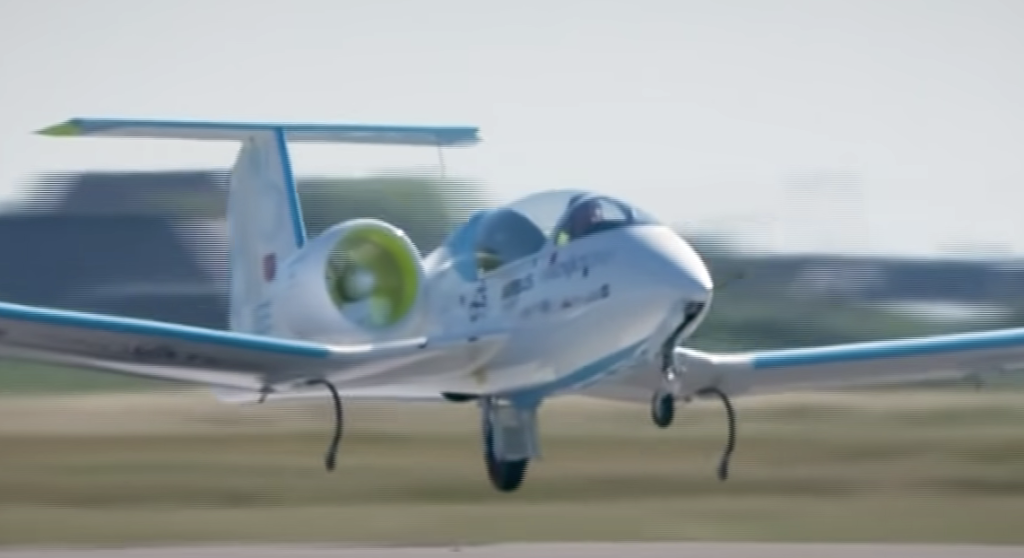
The Future Of Aviation With Electric Airplanes
The aviation industry, a cornerstone of global transportation, faces increasing pressure to reduce its environmental impact.
Amidst rising concerns over carbon emissions and climate change, the emergence of electric airplanes represents a beacon of hope and innovation.
This article delves into the transformative potential of electric airplanes, positing them as a sustainable and efficient alternative to traditional aircraft, poised to revolutionize the skies.
The Evolution of Electric Airplane Technology
Electric airplane technology has advanced leaps and bounds in recent years, marking a significant shift in aviation dynamics.
Central to this evolution is the development of advancements in electric aircraft technology, a key phrase reflecting the industry’s commitment to innovation.
Contemporary models and prototypes showcase the feasibility of electric flight, with companies worldwide racing to perfect their designs.
A critical component in this technological leap is Brushless DC Motors, known for their efficiency and reliability.
These motors, optimized for various applications, including aviation, play a pivotal role in enhancing electric airplane performance Optimization of Brushless DC Motors.
For a deeper understanding, watch this Documentary on the Development of Electric Airplanes.
Environmental Benefits of Electric Airplanes
Electric airplanes stand out for their minimal environmental footprint, particularly in reducing aviation carbon emissions.
Reducing aviation carbon emissions encapsulates the ecological advantage these aircraft offer.
Compared to traditional fuel-based airplanes, electric models promise a significant reduction in pollutants, contributing to global efforts against climate change.
Explore more on this through an Expert Discussion on the Environmental Impact of Aviation.
Economic Implications and Market Potential
Beyond environmental benefits, electric airplanes also offer economic advantages.
The Cost benefits of electric airplanes highlight the potential for cost savings in maintenance and fuel, making them an attractive option for airlines.
Market analyses project a growing adoption of electric airplanes, indicating a promising future in the industry. For market insights, view this Market Analysis of Electric Airplanes.
Challenges and Limitations
Despite the promise, electric airplanes face challenges, notably in battery technology and range limitations.
Challenges in electric airplane adoption underscore these hurdles, including the need for improved infrastructure and regulatory support.
Understanding these challenges is crucial for future development, as discussed in this Panel Discussion on the Challenges Facing Electric Airplanes.
The Path Forward
The journey towards widespread electric flight is filled with ongoing research and Innovations in electric flight technology.
Collaboration across governments, industry, and academia is vital for overcoming current obstacles and paving the way for electric airplanes.
To envision the future, watch this TED Talk on the Future of Electric Aviation.
Electric airplanes represent a pivotal shift in aviation, offering a sustainable solution to one of the industry’s most pressing challenges.
While there are hurdles to overcome, the combined efforts in innovation and support will likely see electric airplanes playing a significant role in the future of aviation.
Additional Links for Reader Engagement
- For an extensive look at electric aircraft developments
- Stay updated with environmentally friendly aviation technologies
